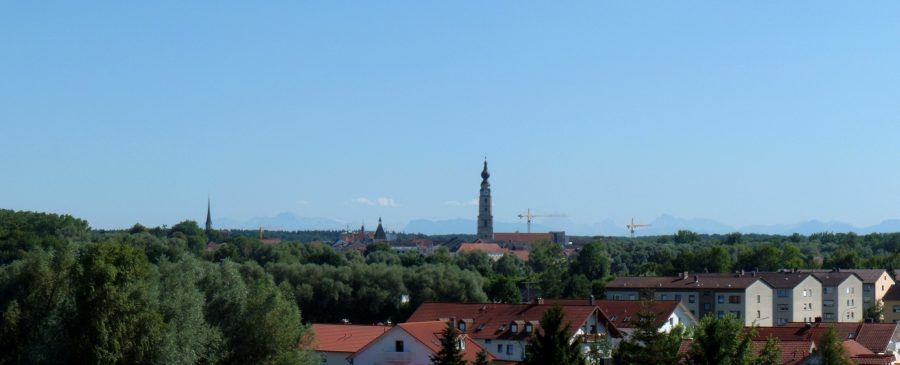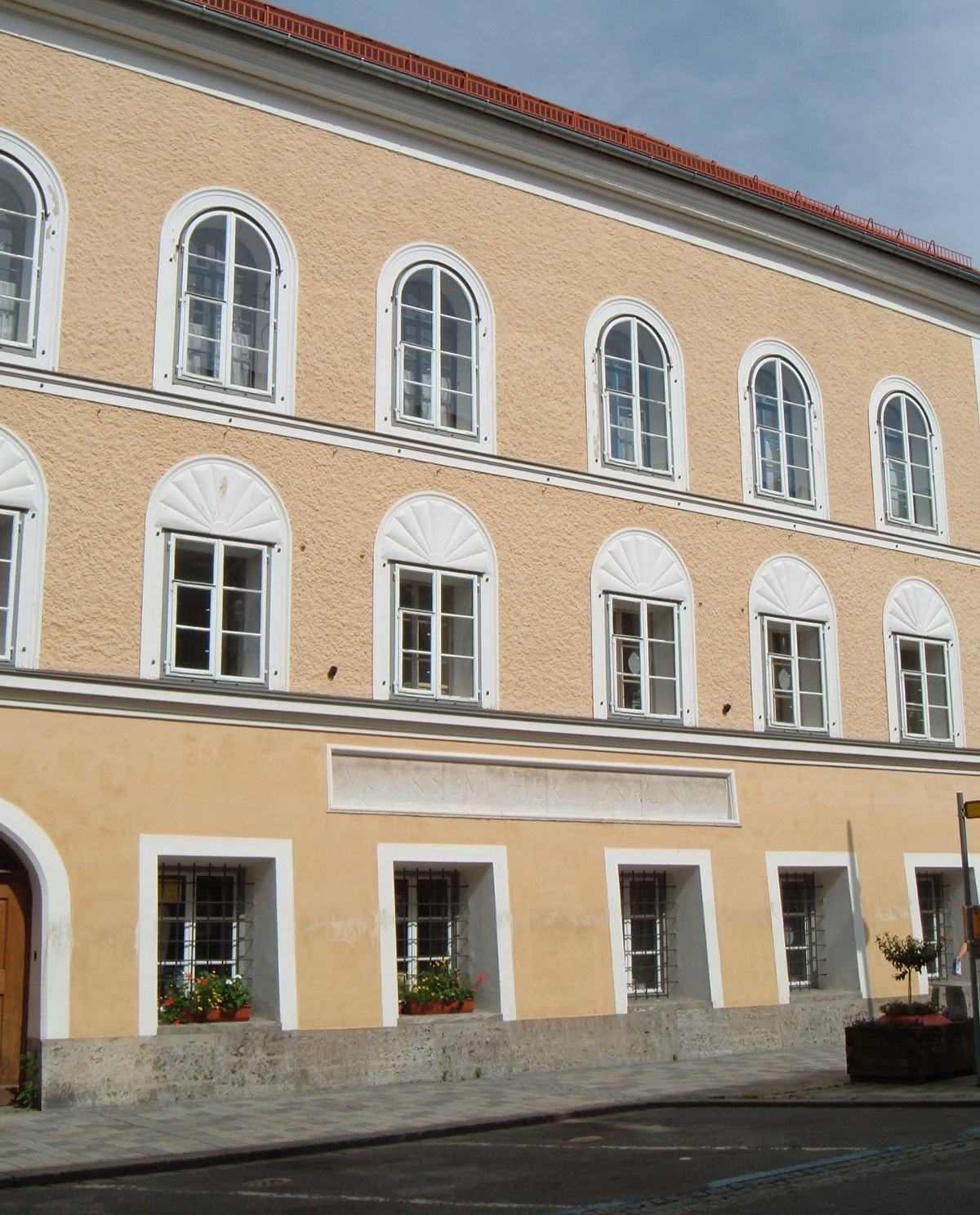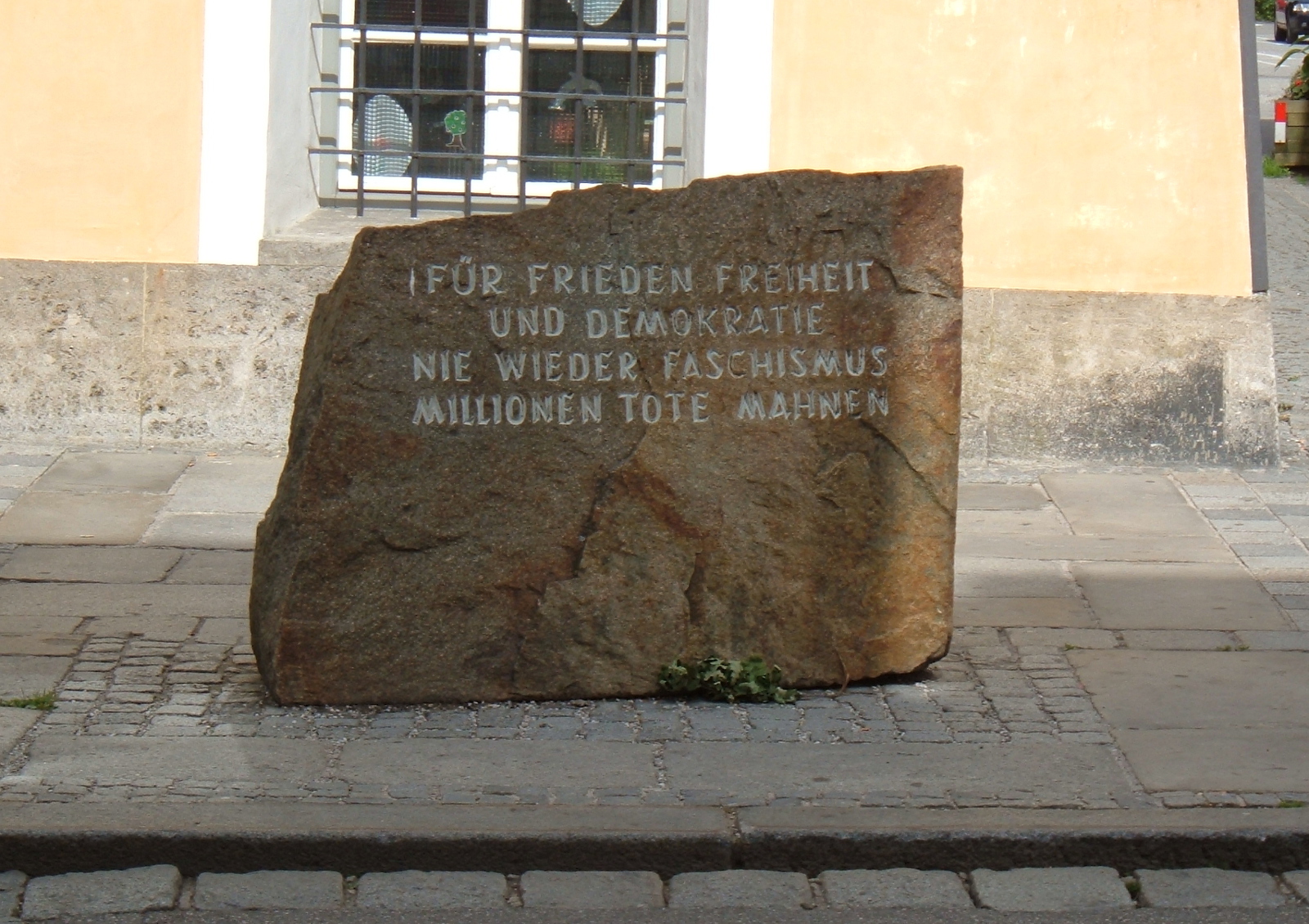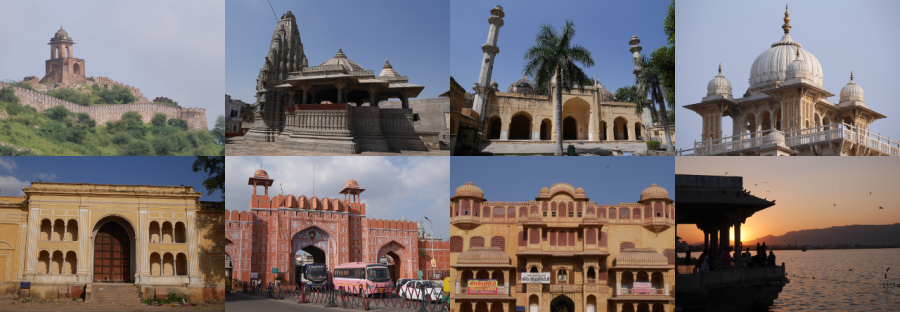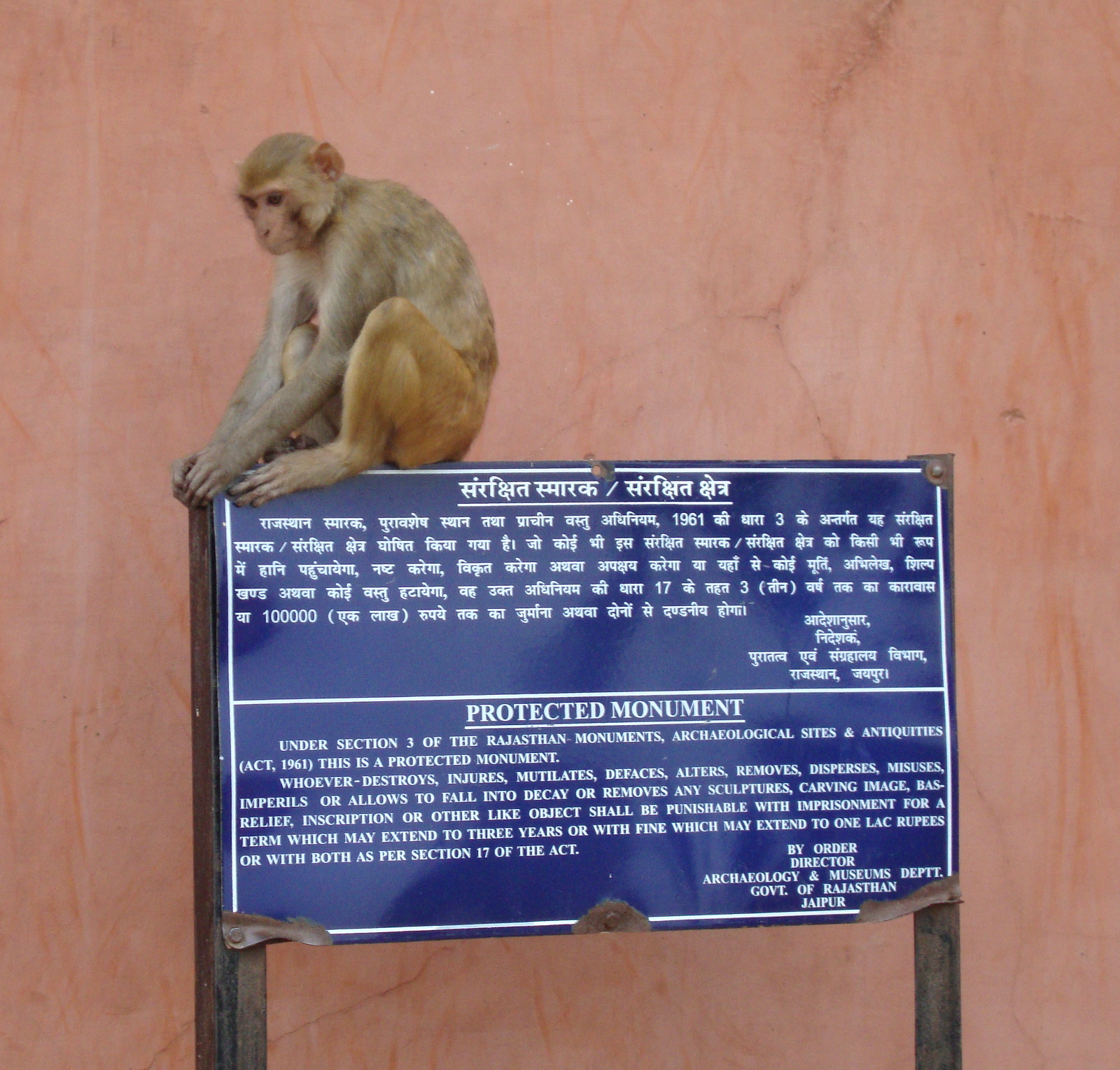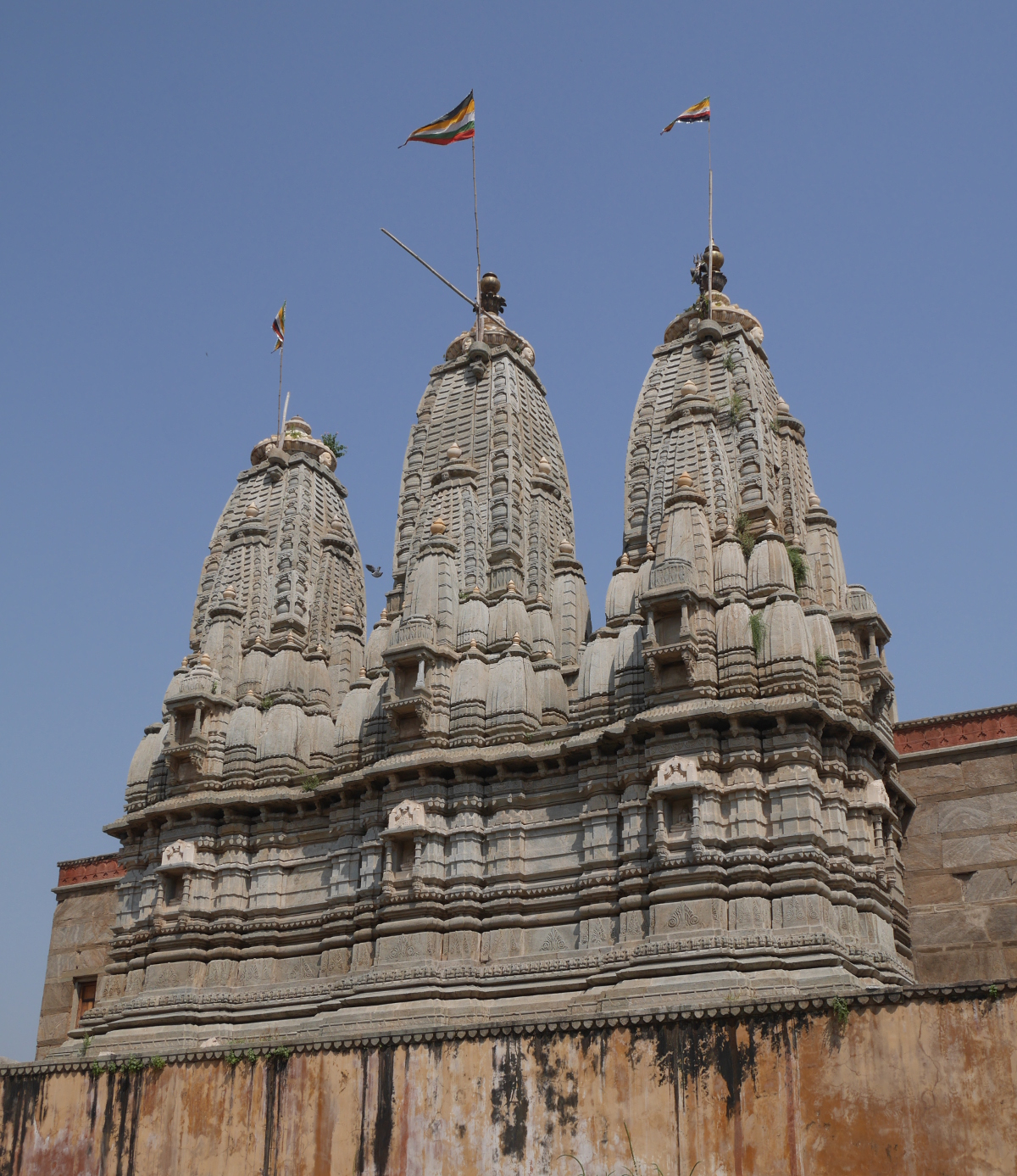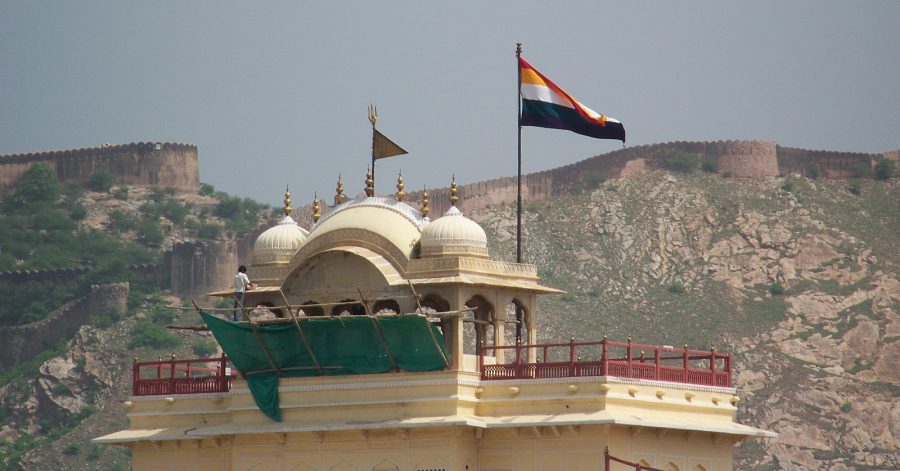Jadunath Sarkar and Raghubir Sinh (ed.), A History of Jaipur, c. 1503-1938 (1984; repr. Hyderabad: Orient Blackswan, 2009).
In the 1930s, the Maharaja of Jaipur State, Sawai Man Singh II, commissioned well-known Indian historian Jadunath Sarkar to write an official history of his state and his own ruling family, the Kacchawaha Rajputs. In undertaking this commission, Sarkar had access to the official records of Jaipur State, which had never been used by historians before. By 1940, Sarkar had finished his manuscript, but because of opposition by the nobles of Jaipur State (who generally come across negatively in the narrative), publication of the book had to be shelved indefinitely. It was not until more than forty years later, in 1984, that Sarkar’s book finally saw the light of day. By this time, the author and the commissioning Maharaja had both passed away. Sovereign Jaipur State also was no more; now it was just a district in the state of Rajasthan. Sarkar’s History of Jaipur was eventually published in a very different world than the one in which it was written.
I had been hearing about A History of Jaipur for a while when I finally got my hands on a copy recently and excitedly started reading it. My excitement did not last long, though. After the first few chapters, I had gotten thoroughly bored, and it ultimately took me more than a month to slog through the book. Had I known a little more about the context of the book and the background of its author, I would have been better prepared for the disappointment.
The most disappointing aspect of the book was that the title did not accurately reflect the contents. It isn’t A History of Jaipur; it is actually A History of the Rulers of Jaipur. Most of the book is just a dynastic history of the Kacchawaha house, from the early sixteenth century to Man Singh II. The narrative follows the Raja wherever he goes. In the sixteenth and seventeenth centuries, Man Singh I, Mirza Raja Jai Singh I, and Ram Singh I served as generals in the Mughal army, often spending years away from their capitals at a stretch. Sarkar wrote in tiresome detail about all these campaigns, completely ignoring whatever might have been happening on the home front at this time. I would love to know about economic and cultural life in the Kacchawaha kingdom, but Sarkar had nothing to say about these topics.
It isn’t really surprising that Sarkar wrote a Great Man history of the Kacchawaha house, since he was commissioned to write his history by the ruler of that clan. Surely Sawai Man Singh II wanted to be portrayed as a Great Man from a long line of Great Men.
Jadunath Sarkar was best known for writing about the reign of the Mughal emperor Aurangzeb (r. 1658-1707, contemporary with Jai Singh I and Ram Singh I). His magnum opus was the five-volume History of Aurangzeb (1912-24), which I now have absolutely no desire to read. As Mohammad Shah points out, Sarkar thought that (Islamic) Mughal rule in India had been oppressive, and British rule was an improvement. Aurangzeb comes across in Sarkar’s histories as a temple-smashing religious fanatic, emblematic of the broadly oppressive policies of the Mughal Empire.
In writing the official history of Jaipur State, Sarkar had to change his tack. The reason is that the Kacchawaha house was the first Rajput kingdom to join the Mughal Empire, when the daughter of Raja Bharmal of Amber married Mughal Emperor Akbar in 1562. Condemning the Mughal Empire would, in effect, condemn the Kacchawaha house, because they had willingly joined the empire through a marriage-alliance. Instead, Sarkar restricted his criticism to certain aspects of Mughal policy. Aurangzeb comes across badly in A History of Jaipur as well, but mainly because of his supposed mistreatment of Jai Singh I and Ram Singh I.
In contrast with Mughal rule, British rule in India was, in Sarkar’s eyes, a great blessing. As a princely state, Jaipur was technically sovereign. A treaty signed in 1818 surrendered responsibilities of defense and foreign relations to the British, but the Maharaja of Jaipur could theoretically do whatever he wanted within the confines of his own kingdom. In reality, the British meddled in the affairs of the princely states, posting residents in the capitals and arbitrating in succession disputes. It was in the best interests of the princes to maintain good relations with the Paramount Power (as the British rulers styled themselves). When the Indian Mutiny broke out in 1857, the princes stayed on the side of the British, providing essential support for the suppression of the rebellion.
The glowingly positive terms in which Sarkar describes the British read almost comically nowadays. Take, for instance, this statement about the modernizer Ram Singh II:
The dawn of the modern age in Jaipur was due to the initiative and fostering care of a number of British officers of exceptional ability and generous sympathy, and it was the good fortune of Maharajah Ram Singh II to have been trained by them at the formative stage of his life and to carry to full maturity the reforms for which they had done the spadework.
Or this one, about Madho Singh II’s visit to England to attend the coronation of Edward VII:
The unifying force of such an Empire [the British Empire] rises above caste, creed, and locality.
If nothing else, A History of Jaipur is a reminder that the way we interpret history can change drastically over time. No Indian alive today would prefer the British Raj over independence. This attitude can too easily be imposed onto the past, so that all Indians at all times seem to have desired independence. But many members of the privileged classes in India—including Sawai Man Singh II and Jadunath Sarkar himself—benefited from British rule. A History of Jaipur is a relic of a period that most Indians now are willing to forget.

